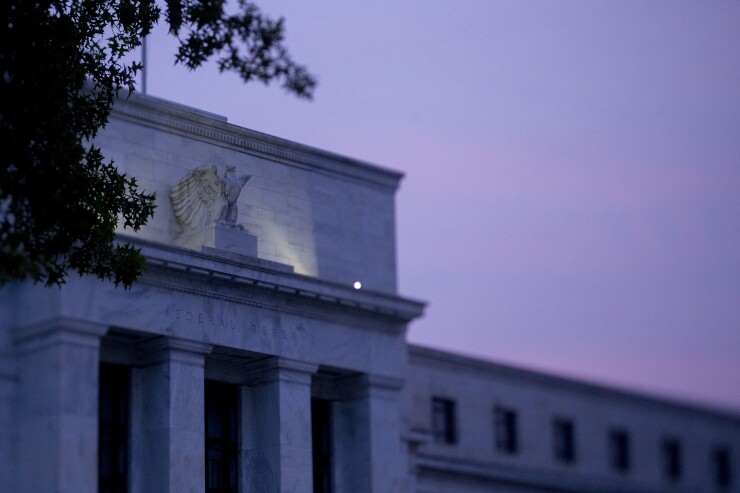Faster payments haven't always lived up to the hype and promise because of development and adoption stagnation in the U.S., but the idea of speedier transactions is becoming more popular.
More than 75% of payments organizations consider faster payments capabilities a "must have" and 77% have used or enabled at least one faster payment method, according to a U.S. Faster Payments Council survey.
The FPC, an industry-led membership organization that supports faster payments in the U.S., recently conducted its second annual survey, called the
Regardless of the current state of technological readiness, 74% indicated they are planning to implement at least one additional faster payments system within the next two years.
“The results from this year’s Faster Payments Barometer illustrate that more and more organizations are seeing the value of faster payments,” FPC executive director Reed Luhtanen said in a release about the survey. “Although we are gaining ground, there is still much to be done to further advance faster payments in the United States."

There are plenty of reasons for slow development on the ground. About half, or 48%, reported interoperability across all systems was a major roadblock, while 44% cited upfront costs and complexity. Another 34% noted internal justification was difficult.
There are different rails and systems designed to support faster payments, such as The Clearing House's
Disbursements and payouts were cited as the top use case for faster payments, while respondents felt consumer bill pay would be the most prominent use case in the future.
Similar to last year, a large majority at 92% felt it is very important (71%) or at least somewhat important (21%) to be able to achieve interoperability across systems to support continued faster payments adoption and use. Nearly three quarters of respondents, or 73%, also believe dispute resolution should be an inherent feature of any faster payments system.
Despite the many remaining hurdles, the FPC reported many respondents intend to move forward with faster payments implementation and think the U.S. is heading in the right direction. Close to half of this year’s survey respondents, or 49%, believe the country is making steady progress towards faster payments adoption, which represents an 8% increase over last year’s figure.
“Insights from the Faster Payments Barometer indicate that stakeholders across the payments ecosystem welcome the FPC’s value in bringing the industry together,” Beth Horowitz Steel, partner at Glenbrook Partners, which helped FPC with the survey, said in the release. “They are looking for even greater collaboration to fast-track the industry’s approach to faster payments use case development and overall market adoption by financial institutions, businesses, and consumers.”
External forces could speed the FPC's work. The council is also pushing
Other signs of collaboration come from the
The FPC has its roots in the U.S. Faster Payments Task Force facilitated through the Federal Reserve in 2015, where stakeholders established an outline for achieving a highly secure faster payments system. In 2017, the task force pushed to create a new organization.
When the 27-member Governance Framework Formation Team at the Fed proposed what an FPC would be and how it would operate, it realized interest was high as it generated more than 1,000 comments in an online open forum.





